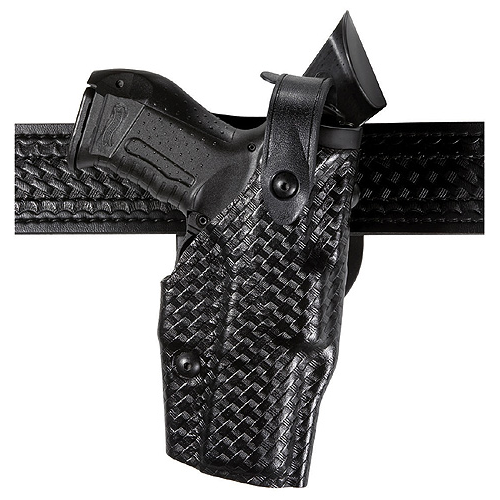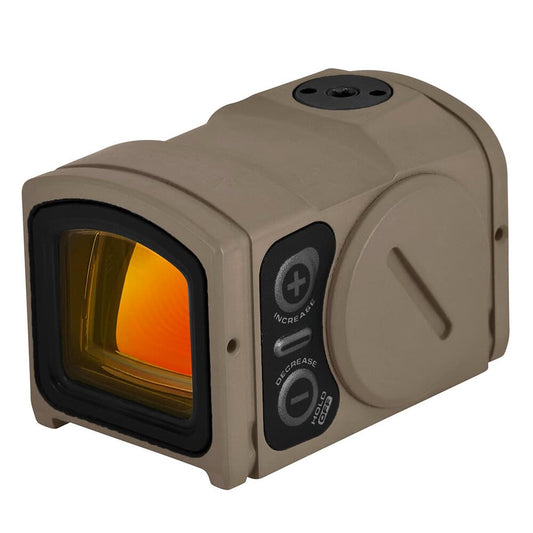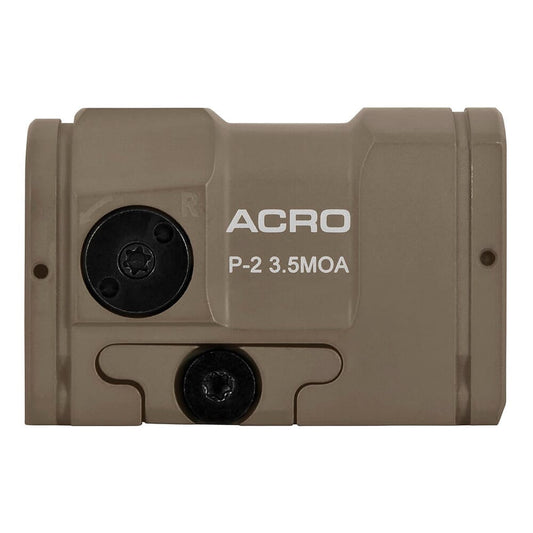

Automatic Locking System (ALS) provides secure retention for your Glock 17, ensuring the weapon is locked in place from all directions when holstered. This system allows for easy access, as the thumb release mechanism enables a smooth draw without any twisting motions. The mid-ride design keeps the holster close to the body, enhancing comfort and concealment. A suede lining adds an extra layer of protection for the gun's sights and finish, preserving its condition over time. Constructed from durable SafariLaminate material, this holster combines functionality with a sleek leather-like appearance.
Designed specifically for Glock 17 and Glock 22 models, this holster offers reliable performance for duty use. Its robust construction withstands daily wear and tear while maintaining a professional look. The level III retention provides peace of mind, knowing that your sidearm is secure yet readily accessible when needed. Ideal for law enforcement and security personnel, this holster is built to meet the demands of any professional environment.
Features:
- SECURE RETENTION for reliable weapon security with ALS technology.
- SMOOTH DRAW allows for quick access with a thumb release mechanism.
- COMFORTABLE MID-RIDE keeps the holster close to the body for enhanced concealment.
- PROTECTIVE SUEDE LINING safeguards the gun's sights and finish.
- DURABLE CONSTRUCTION made from SafariLaminate for long-lasting use.
- LEVEL III RETENTION ensures maximum security in high-pressure situations.
- SPECIFIC FIT for Glock 17 and Glock 22, ensuring optimal performance.
- PROFESSIONAL APPEARANCE with a sleek leather-like finish suitable for duty use.
Technical Specifications Table
| Feature | Details |
|---|---|
| Model Compatibility | Glock 17, Glock 22 |
| Retention Level | Level III |
| Material | SafariLaminate |
| Weight | 12 oz |
| Dimensions | 8.5" x 5" x 2" |
| Color | Black |
What's in the Box?
- Model 6360 ALS/SLS Mid-Ride Duty Holster
- Instruction manual
Customer Reviews
"This holster is perfect for my Glock 17. The draw is smooth, and I feel secure knowing it locks in place." - User A
"I appreciate the comfort and fit of this holster. It keeps my weapon close and accessible." - User B
"Durable and practical. The suede lining is a nice touch." - User C
FAQ
How does the ALS system work? The Automatic Locking System secures your weapon in all directions upon holstering. To draw, simply press the thumb release and pull straight out for a quick response.
Is this holster suitable for everyday carry? Yes, the mid-ride design offers comfort and concealment for daily wear. It is ideal for law enforcement and security professionals who need quick access to their firearm.
How does this holster compare to others on the market? The Model 6360 features both ALS and SLS systems for added security, making it superior for those requiring level III retention. The durable SafariLaminate material also ensures long-lasting performance.
Similar Models
Looking for additional options? Explore our extensive lineup of SafariLand holsters, including the Model 6280 for different retention needs and Model 7360 for a tactical design. Discover the full collection for reliable and secure holster solutions tailored to your specific requirements.
You May Also Like
Here’s some of our most similar products people are buying. Click to discover trending style.








